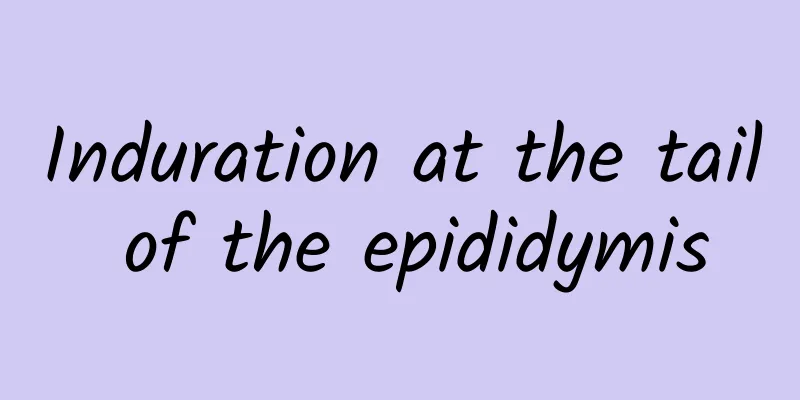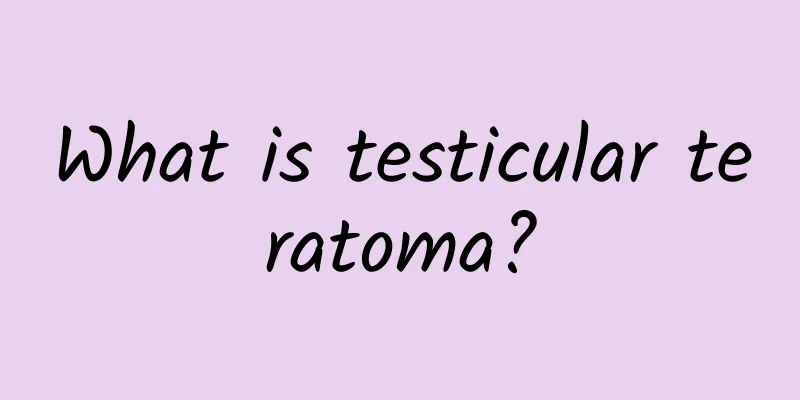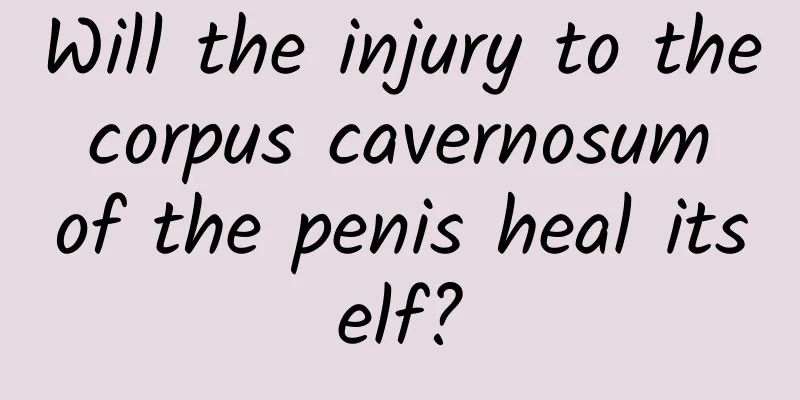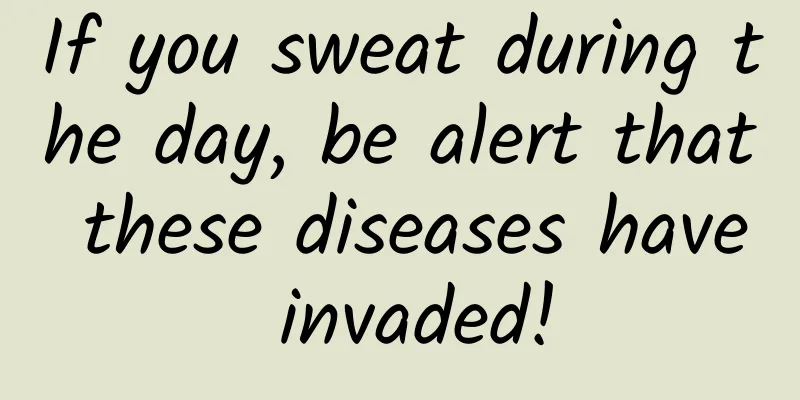Induration at the tail of the epididymis

|
There is a hard lump at the tail of the epididymis, which is likely a manifestation of epididymal cyst. Epididymal cyst is also a common problem. When this problem occurs again, it is necessary to treat the cause in time, because the epididymis is an important male reproductive organ. If there is a cyst problem, it is easy to cause infertility in the patient. Below, I will introduce you to the relevant knowledge of epididymal cyst! 1. Causes of the disease The cause of the disease is not very clear. It may be related to sexual stimulation, chronic infection of the testicular epididymis, or partial obstruction of the duct that transports sperm. It may also be related to local injury or infection of sexually transmitted diseases. Some people have suggested that the epididymal duct at the head of the epididymis bends, turns, or forms a diverticulum. Over time and with the continuous accumulation of sperm, the diverticulum tubules continue to enlarge, thus forming a spermatocele. When the epididymis is blocked or scarred due to inflammation or trauma, a spermatocele may also occur. 2. Symptoms They are often found near the epididymis, near or on the back of the upper pole of the testis. They vary greatly in size: some are small, with a diameter of only a few millimeters; some are as big as a glass ball or as big as a testicle; and the largest ones can exceed 10 centimeters in diameter. 3. Treatment Methods The treatment of epididymal cyst is not difficult. If the size is small, it is discovered by oneself or by chance during a physical examination, and there are no symptoms at ordinary times, then no treatment is needed. All that is needed is to explain and educate the patient in detail and relieve his or her mental worries. If the epididymal cyst causes complications or becomes the source of anxiety for the patient, it should be surgically removed. The measures taken in the past to simply drain the fluid and inject a hardening agent to shrink the cyst are not reliable, and can often recur or cause infection, bringing difficulties to future surgeries. Therefore, surgical removal is now advocated. Surgical methods and complications: Because the operation is minor, the patient does not experience much pain. A small scrotal incision is sufficient to mobilize, separate, and remove the cyst, and the results are often very good. During the operation, the doctor will carefully separate the cyst from the testicle and epididymis, and then remove it intact. During the operation, the doctor will try to be careful not to compress and disrupt the blood supply to the testicle or disrupt the connection between the epididymis and the vas deferens. If the cyst is open or has been aspirated before the operation, the fluid will appear thin, white or turbid, and inactive sperm may be visible under a microscope. Complications of surgical removal of an epididymal cyst are mild and rare and include scrotal hematoma, infertility (if the epididymis is removed), and testicular atrophy if the blood supply to the testicles is affected. |
<<: There is a hard lump at the tail of the left epididymis
>>: Male reproductive tract infection
Recommend
How often should boys change their underwear?
Underwear is something that people attach great i...
Is the foreskin inhibitor useful?
Phimosis is a common symptom in daily life. For m...
What are some exercises for men to lose weight?
When it comes to face slimming exercises, I belie...
What to do if your boyfriend has kidney deficiency and its treatment
Kidney deficiency mainly refers to the deficiency...
What is the reason for pain on the left side of a man's lower abdomen?
If you feel stomach pain, it is usually caused by...
The best way to remove spots on men's faces
It is also common for men to have spots on their ...
Improve the sensitivity of the glans penis and improve sexual ability in four aspects
Because the glans and penis are not sensitive eno...
Do men have body odor?
Everyone has a unique smell. Many men think that ...
Men need to develop this habit so that their couples can be harmonious
As social pressure and competition become more an...
Causes of Pain in the Upper Left Chest of Men
The symptoms of left chest pain are more obvious,...
What are the disadvantages of not ejaculating for a long time?
In our impression, it seems that men usually have...
Have you ever calculated your body fat percentage? How to calculate it?
I think many people may not know much about body ...
All those years of running have been in vain. Now is the best time to run.
Running is a very simple thing. As long as you ar...
The small particles on the glans penis do not itch or hurt
If you feel that small particles have grown on yo...
Is it good for a man to have a mole on his forehead?
The forehead is an important part of our body. Th...









